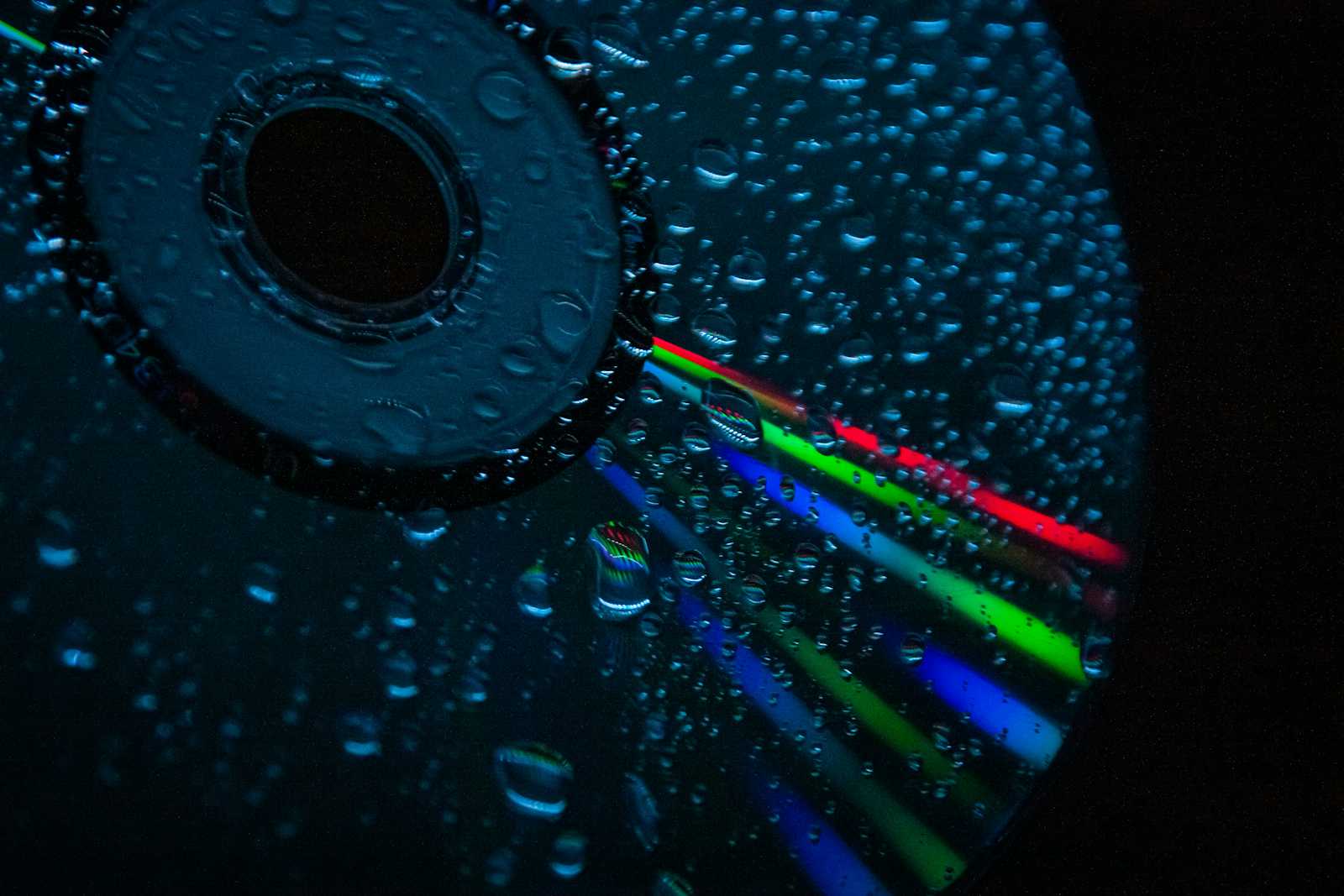Rethinking Caching: Beyond Memory, Embracing Disk-Based Solutions
 Subham Acharya
Subham Acharya
Caching is a well-known strategy used in software engineering to optimise performance by temporarily storing data in memory for faster access. For years, when we thought of caching, we immediately imagined high-speed memory (RAM), allowing rapid data retrieval for critical operations. However, as systems evolve and datasets grow larger, it's time to rethink the traditional approach to caching. The new paradigm involves not only in-memory caching but also disk-based caching, an equally powerful method with distinct advantages for modern applications.
The Traditional Notion of Caching
In-memory caching has long been celebrated for its speed. Storing frequently accessed data in RAM reduces the latency of repetitive data fetches, significantly boosting the performance of applications. Technologies like Redis, Memcached, and in-memory databases excel in providing this instantaneous access. However, there are limitations. RAM is expensive and finite. For applications with massive datasets, it quickly becomes impractical to cache everything in memory.
What happens when your dataset grows to terabytes or even petabytes? Scaling memory to these levels isn't just costly—it can be prohibitive. This is where the concept of disk-based caching comes into play.
Disk-Based Caching: A Viable Alternative
Disk-based caching refers to storing cached data on disk rather than relying exclusively on memory. While disks are generally slower than RAM, modern storage technologies like SSDs (Solid State Drives) have narrowed the performance gap significantly. Disk-based caching allows systems to store much larger datasets without the constraints of memory limitations, providing a more cost-effective and scalable solution.
Technologies like Apache Ignite, Ehcache, and local file systems can leverage disk-based storage to cache large volumes of data. These solutions use a tiered approach where hot data remains in memory while colder, less frequently accessed data is offloaded to disk. This hybrid strategy ensures that even massive datasets are quickly accessible, without overwhelming the available RAM.
When to Use Disk-Based Caching
Large Datasets: Applications with large datasets that cannot fit entirely in memory benefit immensely from disk-based caching. For instance, think of content delivery networks (CDNs), where caching images, videos, and other large files on disk improves performance while minimizing the memory footprint.
Cost-Effectiveness: In scenarios where expanding RAM is prohibitively expensive, disk-based caching offers a more budget-friendly alternative. The price per gigabyte for SSDs is a fraction of that for RAM, allowing companies to scale their caching strategies without breaking the bank.
Data Persistence: In-memory caches typically do not survive server restarts. Disk-based caching offers the advantage of persistence, meaning that cached data remains intact even after a restart. This can be crucial for applications that need to recover quickly after unexpected downtimes.
Long-Term Caching: When cached data doesn’t need to be frequently refreshed, disk-based caching can store data for longer periods without using up precious memory resources.
Combining the Best of Both Worlds
The best modern caching strategies often combine in-memory and disk-based caching for optimal results. This multi-tiered approach allows hot data to reside in memory for ultra-fast access, while colder data is pushed to disk to save space in memory. By intelligently managing the lifecycle of cached data, systems can achieve both performance and scalability.
For example, many database systems, like PostgreSQL, use a combination of memory and disk caching to improve query performance. In-memory layers handle indexes and frequently accessed rows, while less frequently accessed data is stored on disk. Similarly, NoSQL databases like Cassandra and MongoDB leverage both memory and disk caches to optimize read performance.
Optimizing Disk-Based Caching
While disk-based caching provides scalability and cost benefits, careful consideration is necessary to optimize performance. SSDs are ideal for this purpose because they offer faster read and write speeds compared to traditional hard drives. Additionally, implementing intelligent eviction policies—such as LRU (Least Recently Used) or LFU (Least Frequently Used)—can help ensure that the most relevant data remains cached while old or irrelevant data is discarded.
Another consideration is the data access pattern. For workloads with predictable access patterns, disk-based caching can significantly enhance performance. Understanding your application's access behavior will allow you to tune your caching strategy, balancing the use of memory and disk for the best results.
Final Thoughts: Expanding Our View of Caching
Caching is no longer just about memory. Disk-based caching provides a compelling, scalable alternative for applications with large datasets, high data persistence needs, or limited budgets for RAM expansion. By embracing both memory and disk as viable caching mediums, we can create more robust, scalable, and cost-effective solutions that adapt to the challenges of modern software development.
As we design and build the next generation of high-performance applications, it’s essential to think beyond memory. Disk-based caching is a powerful tool that, when used correctly, can offer the best of both worlds: speed and scalability.
This article is designed to inspire engineers and technologists to reconsider traditional caching strategies and explore the benefits of incorporating disk-based solutions.
Subscribe to my newsletter
Read articles from Subham Acharya directly inside your inbox. Subscribe to the newsletter, and don't miss out.
Written by
